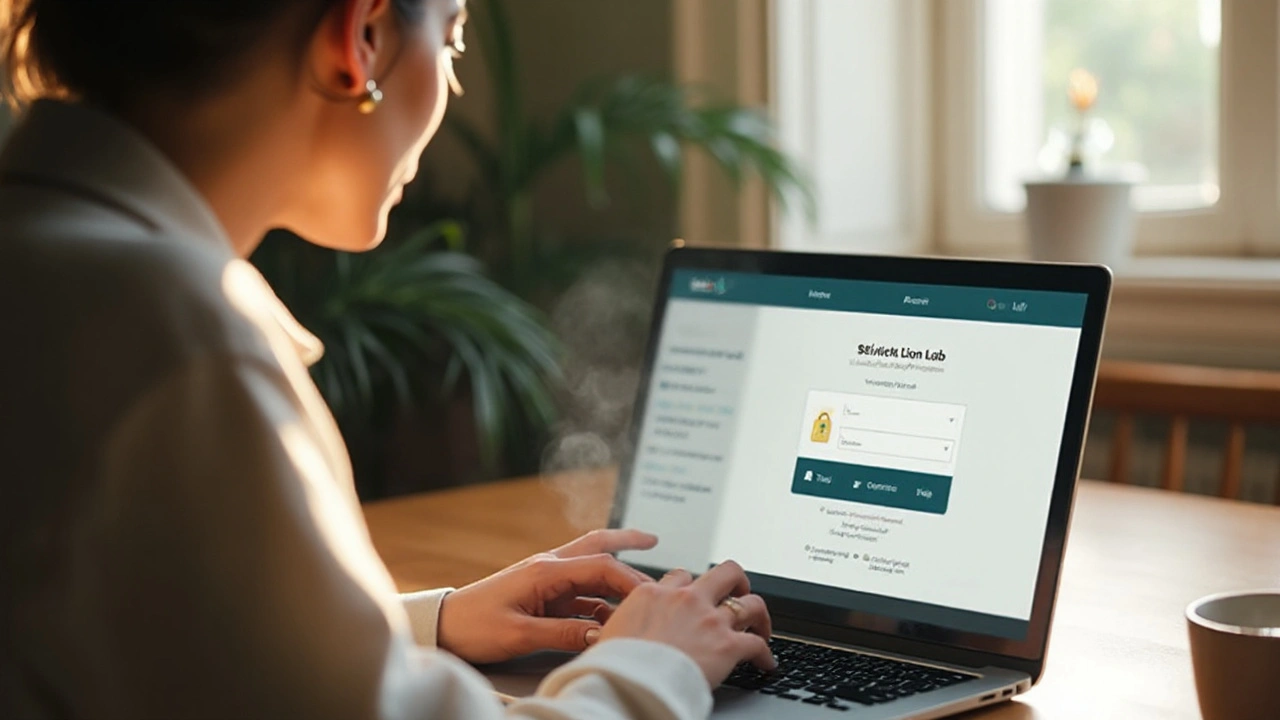Safe Buying: How to Purchase Medications Online Without Risks
Thinking about ordering prescription meds or supplements from the internet? You’re not alone—many people look for a convenient, cheaper way to get their drugs. But the online market is riddled with fake pharmacies, hidden fees, and illegal sellers. Below you’ll get a straight‑forward roadmap to keep your purchase legit, your money safe, and your health protected.
Step 1: Verify the Pharmacy’s Credentials
The first thing you should do is check if the site is a licensed pharmacy. Look for a clear pharmacy registration number, a physical address, and a phone line that connects to a real location. In New Zealand, a legitimate online pharmacy will display a NZ‑registered pharmacy number (e.g., “Pharmacy #12345”). If the site hides this info or only offers a contact form, move on.
Step 2: Look for Trusted Seals and Certifications
Reputable sites often carry seals from recognised bodies such as CIPA, NABP, or the Medicines and Medical Devices Safety Authority. Click the seal to make sure it leads to a verification page—some scammers just paste an image. A quick search of the pharmacy name on the official register will confirm if the seal is real.
Beyond seals, scan the checkout page for secure HTTPS encryption (a padlock icon). This protects your credit‑card data from hackers. If the site asks for your bank details through email or an unsecured form, that’s a big red flag.
Step 3: Check Prescription Requirements
Legitimate pharmacies will never sell prescription‑only drugs without a valid prescription from a licensed prescriber. They may ask you to upload a scanned copy, fax it, or use a secure portal. If a site offers “no prescription needed” for drugs like azithromycin, gabapentin, or Ventolin, it’s almost certainly illegal.
When you have a prescription, keep a copy handy. Some pharmacies will verify it with your doctor directly, which adds an extra layer of safety. Never share your full social security number—just the name and date of birth are enough for verification.
Step 4: Compare Prices Wisely
Low prices are tempting, but they can hide low‑quality or counterfeit products. Use a price‑comparison tool to see the average market cost for a medication. If a deal looks too good—especially for brand‑name drugs—double‑check the pharmacy’s reviews.
Read customer feedback on independent forums, not just the pharmacy’s testimonial page. Look for recurring complaints about delayed shipments, wrong dosages, or health issues after taking the product.
Step 5: Shipping, Packaging, and Returns
A trustworthy pharmacy will ship in sealed, tamper‑evident packaging and provide a tracking number. They should also have a clear return policy for damaged or incorrect orders. If the site says “no tracking” or “shipping isn’t guaranteed,” you’re taking a gamble.
When your package arrives, inspect it right away. Check the label for the correct drug name, strength, and expiration date. If anything looks off, contact the pharmacy immediately and keep the packaging for evidence.
Bonus Tips: Staying Informed
Our tag page gathers dozens of detailed guides—like how to buy azithromycin, gabapentin, Flomax, or Tenormin safely in NZ. Each guide walks you through the exact steps, red‑flag signs, and price expectations for that specific medication. Bookmark the ones that match your needs and use them as checklists before you click “order.”
Finally, keep a list of emergency contacts: your doctor, a local pharmacist, and the NZ Medicines and Medical Devices Safety Authority. If you suspect a counterfeit drug, report it right away. By staying vigilant and following these steps, you can enjoy the convenience of online buying without compromising your health.

